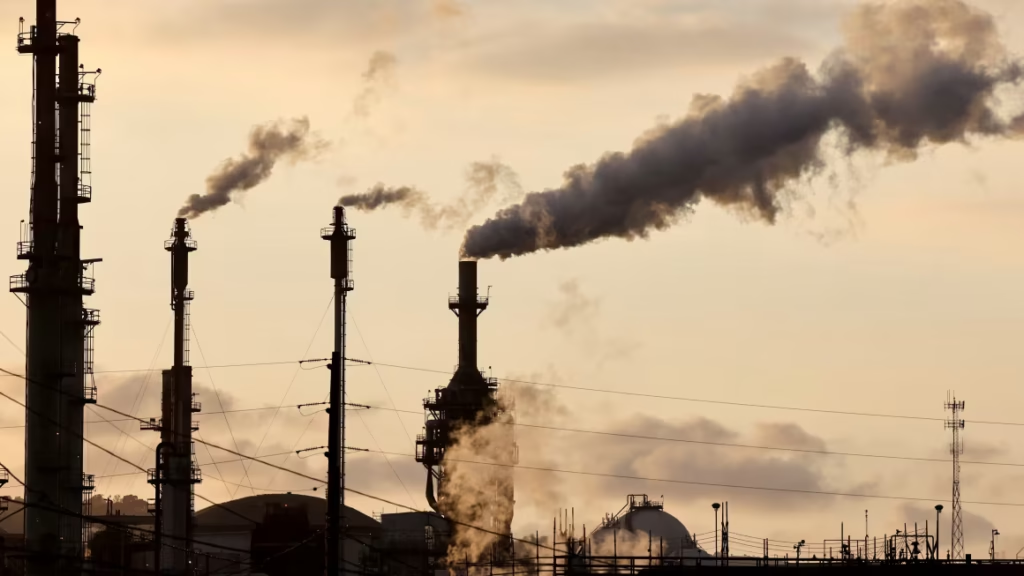China is making significant progress in industrial decarbonisation, according to a report released on 10 November 2025. The country is now considered “well‑positioned to lead global industrial decarbonisation” due to strong government policies, large-scale electrification of heavy industries, and an expanded emissions-trading scheme.
The report highlights that China’s government has played a central role in guiding industrial transformation. Policy measures and incentives are helping companies adopt cleaner technologies and reduce carbon emissions in manufacturing, steel, cement, and chemical sectors.
A major factor in China industrial decarbonisation progress is electrification. Industries are replacing fossil fuel-powered machinery with electric alternatives powered by renewable energy sources. This shift not only reduces emissions but also increases energy efficiency and sustainability in production.
China’s emissions-trading scheme is another key driver. By putting a price on carbon, the scheme encourages companies to cut emissions and adopt cleaner technologies. Expansion of this market provides stronger incentives for industries to invest in low-carbon solutions.
Experts say that China’s approach demonstrates a coordinated strategy combining policy, market incentives, and technological adoption. The country’s scale and rapid industrial modernization make it a potential global leader in reducing industrial greenhouse gas emissions.
Analysts note that industrial decarbonisation is critical to global climate goals. Heavy industries contribute a significant share of emissions worldwide, and China’s progress can influence global energy transitions and technological innovation.
The report also emphasizes that these efforts have economic benefits. Electrification and clean technology adoption create jobs, foster innovation, and improve industrial competitiveness while addressing climate responsibilities.
Observers highlight that China industrial decarbonisation progress could serve as a model for other nations. Strong government guidance, strategic investment, and policy alignment can accelerate the adoption of sustainable industrial practices globally.
Overall, China’s advances in industrial decarbonisation reflect a clear commitment to environmental responsibility, economic modernization, and climate leadership. With electrification, emissions trading, and policy support, the country is poised to lead the global shift toward low-carbon industrial production.

